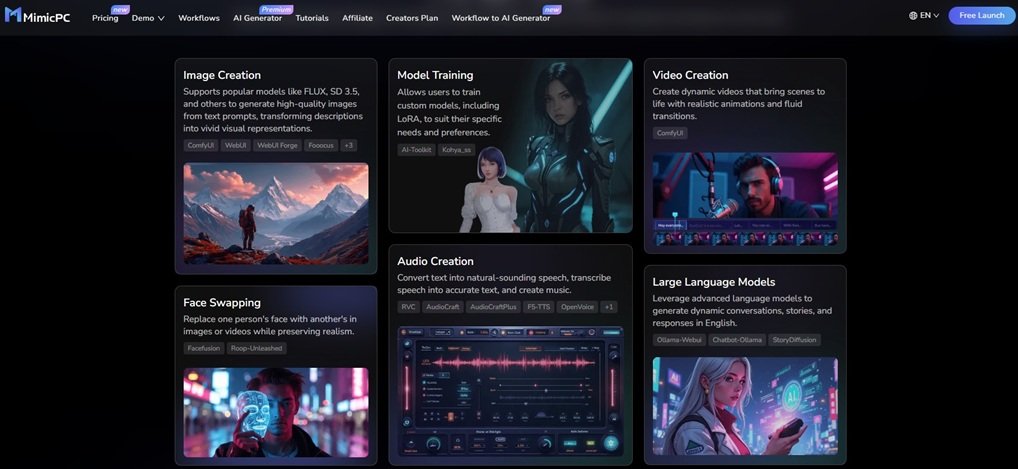Cryptosea: Exploring the Depths of a New Digital Economy
As the world embraces decentralized finance and blockchain technology, a new term has surfaced in the digital landscape: Cryptosea. Cryptosea refers to the vast, uncharted, and rapidly expanding world of cryptocurrencies and blockchain-based assets.
This ecosystem is full of opportunities, risks, and innovation, where digital currencies, tokens, NFTs, and decentralized applications (DApps) are transforming traditional financial systems and creating new economies.
What is Cryptosea?
Cryptosea can be visualized as an expansive digital ocean where various crypto assets, blockchain projects, and financial solutions coexist and interact. This “sea” includes established cryptocurrencies like Bitcoin and Ethereum, emerging tokens, stablecoins, decentralized finance (DeFi) protocols, NFTs (Non-Fungible Tokens), and more. The Cryptosea ecosystem provides endless possibilities for investment, innovation, and growth, attracting tech enthusiasts, investors, and businesses worldwide.
Key Features of Cryptosea
Cryptosea represents a revolutionary approach to digital finance, characterized by the following core elements:
- Decentralization
Cryptosea relies on blockchain technology, a decentralized network that removes the need for traditional intermediaries, such as banks. This decentralized approach gives users more control over their assets, reduces transaction costs, and enhances security. - Transparency and Security
Blockchain technology ensures that all transactions within Cryptosea are transparent and nearly immutable, meaning they are difficult to alter once recorded. This security appeals to users and investors looking for a reliable financial environment. - Global Accessibility
Unlike traditional finance, Cryptosea is accessible to anyone with an internet connection, regardless of location. This opens doors to global users, including unbanked populations, enabling them to participate in the digital economy. - Innovation and Growth
Cryptosea constantly evolves with new projects, tokens, and technologies. Innovation is encouraged, leading to various applications across industries, including finance, healthcare, logistics, and entertainment.
Applications of Cryptosea
The Cryptosea ecosystem is diverse, with applications spanning several sectors. Key areas of application include:
- Decentralized Finance (DeFi): DeFi protocols enable users to borrow, lend, and earn interest on their crypto assets without needing traditional banks. Projects like Aave, Uniswap, and Compound exemplify how DeFi is reshaping finance.
- Non-Fungible Tokens (NFTs): NFTs represent ownership of unique digital items, such as artwork, music, and in-game assets. Cryptosea has given rise to a vibrant NFT market, with platforms like OpenSea and Rarible leading the way.
- Smart Contracts: Cryptosea leverages smart contracts, self-executing agreements with terms directly written into code, enabling trustless transactions. Ethereum and newer platforms like Solana and Polkadot support these contracts.
- Digital Identity and Privacy: Cryptosea supports privacy-focused projects that give users control over their digital identity and personal data, such as zk-SNARKs (Zero-Knowledge Succinct Non-Interactive Arguments of Knowledge) and decentralized identity protocols.
Opportunities in Cryptosea
For investors and developers, Cryptosea presents several opportunities:
- High Return on Investment (ROI): Cryptocurrencies have demonstrated substantial ROI potential. Investors who buy and hold promising tokens can benefit from price appreciation, staking, or yield farming.
- Innovation Potential: Developers can create applications, tokens, and DeFi projects on blockchain platforms, often attracting users and investment through decentralized exchanges and token offerings.
- Community and Collaboration: Cryptosea promotes community-driven projects, allowing individuals worldwide to collaborate on open-source blockchain projects. Communities play a significant role in fostering project development and adoption.
Challenges and Risks in Cryptosea
While Cryptosea is promising, it comes with unique challenges:
- Volatility: Cryptosea is highly volatile, and prices of digital assets can fluctuate dramatically. Investors need to understand the risks before diving in.
- Regulatory Uncertainty: Different countries have varied regulations regarding cryptocurrencies, which can impact Cryptosea projects. As governments grapple with new technology, policies may shift, impacting the industry.
- Security Concerns: Although blockchain is generally secure, Cryptosea has seen hacking incidents, fraud, and scams. Users should take caution, use trusted platforms, and secure their assets with wallets and multi-factor authentication.
- Complexity for New Users: Cryptosea can be overwhelming for beginners, with technical jargon, diverse assets, and complicated transaction processes. Educating users is crucial to broadening adoption.
The Future of Cryptosea
The Cryptosea ecosystem is expected to grow, driven by increased adoption of blockchain technology, enhanced scalability solutions, and mainstream integration of digital assets. As Cryptosea matures, more institutional investors and enterprises are likely to enter the space, lending credibility and stability. Additionally, ongoing development in DeFi, NFTs, and blockchain protocols will create new opportunities, enabling Cryptosea to become a robust alternative to traditional financial systems.
Conclusion
Cryptosea represents an exciting frontier in the digital economy, merging innovation, investment, and decentralization. While the journey through this vast ocean has its risks, those who understand the market can unlock tremendous opportunities for growth and collaboration. As Cryptosea continues to evolve, staying informed and cautious will help users, investors, and developers navigate this transformative space successfully.













